Not As the Songs of Other Lands: 19th Century Australian and American Landscape Painting (Ian Potter Museum of Art)
Opportunities to see nineteenth-century American art are rare in Australia. This beautiful small exhibition offers fascinating parallels between Australian and American landscape painting of the period, both popularly admired as expressions of a national psyche, revealing comparable interests in territorial expansion, exploration, settlement, displacement of prior inhabitants, transplantation of European values, and a deep reverence for the natural world. Loans from the Terra Foundation Collection of American Art are brought together with paintings and prints from Melbourne University’s Russell and Mab Grimwade ‘Miegunyah’ Collection, plus a few important paintings from other Australian institutions.
Continue reading for only $10 per month. Subscribe and gain full access to Australian Book Review. Already a subscriber? Sign in. If you need assistance, feel free to contact us.



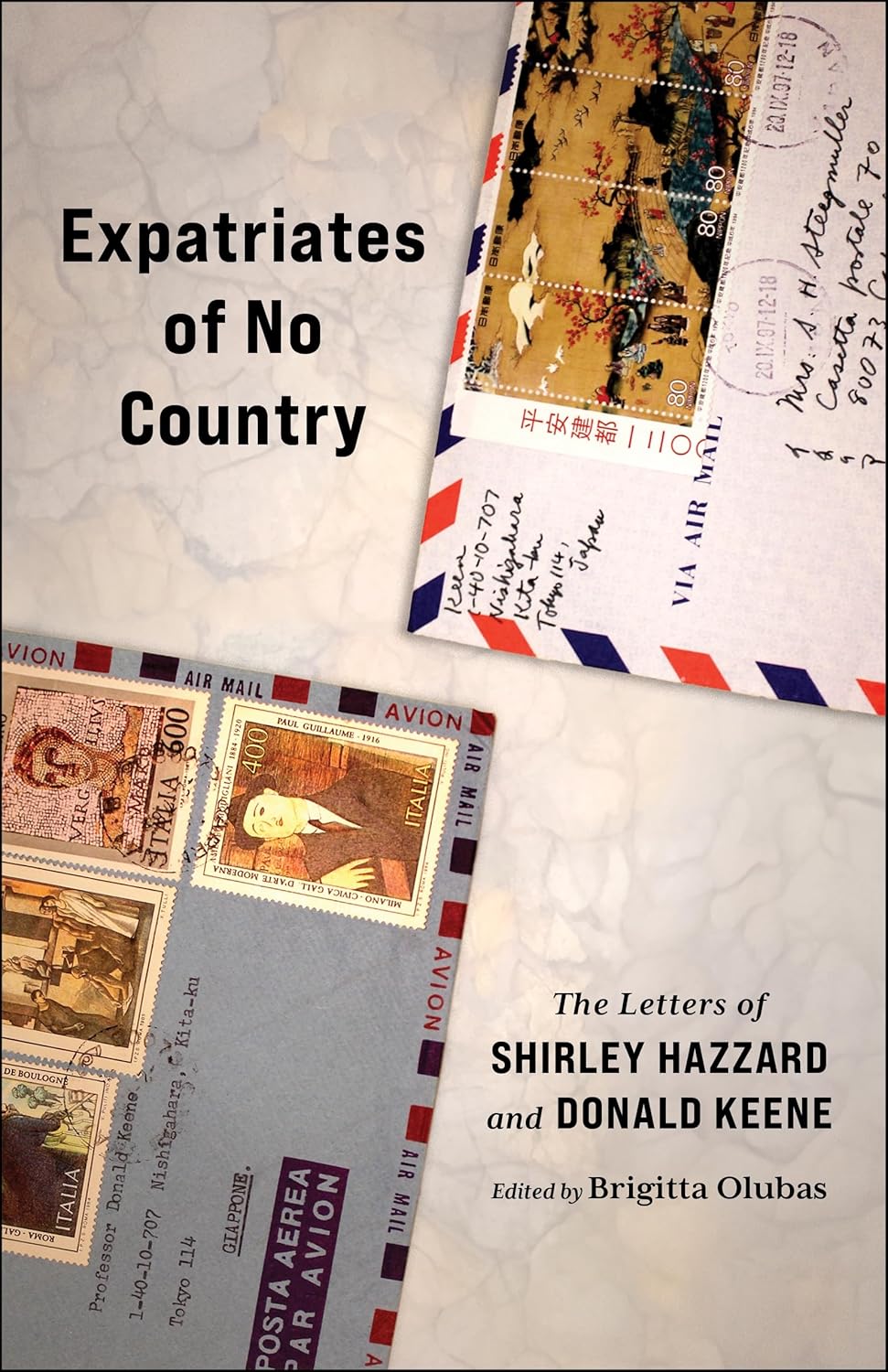
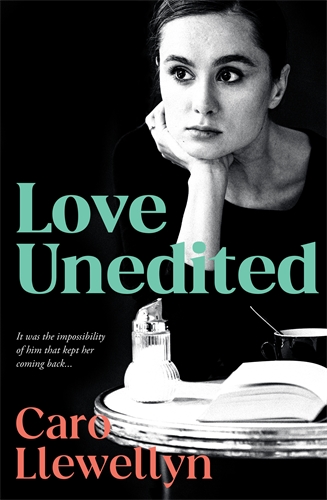

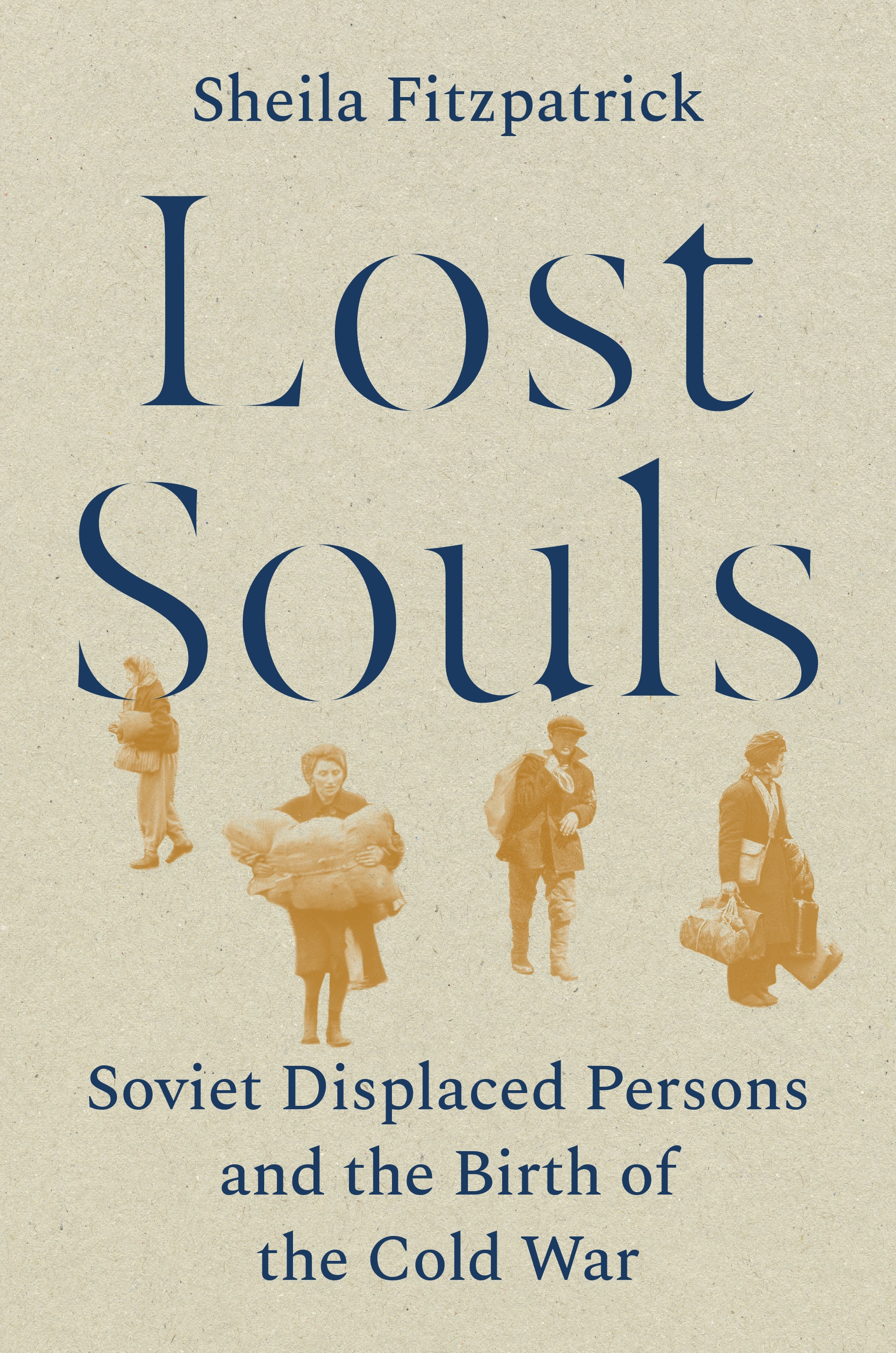


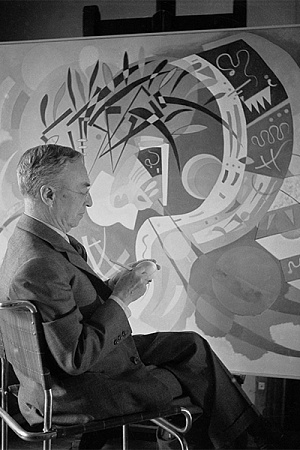
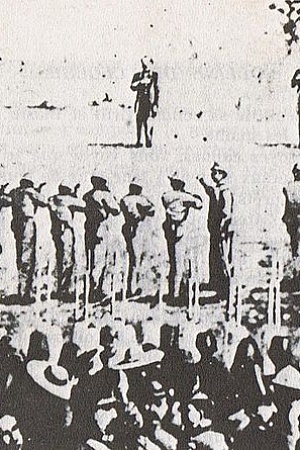




Leave a comment
If you are an ABR subscriber, you will need to sign in to post a comment.
If you have forgotten your sign in details, or if you receive an error message when trying to submit your comment, please email your comment (and the name of the article to which it relates) to ABR Comments. We will review your comment and, subject to approval, we will post it under your name.
Please note that all comments must be approved by ABR and comply with our Terms & Conditions.